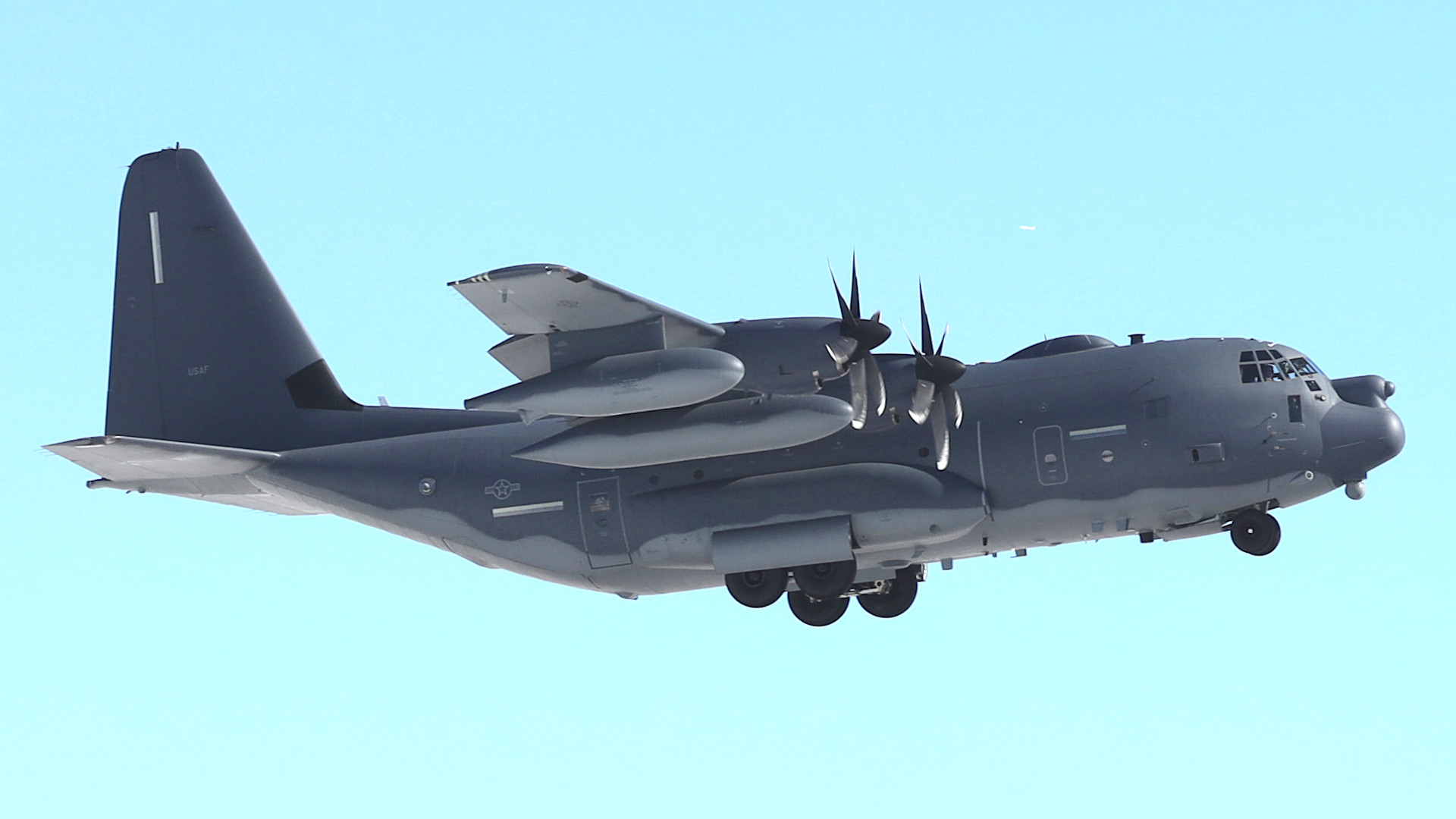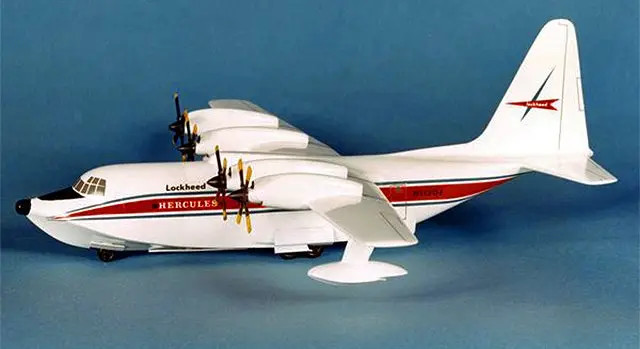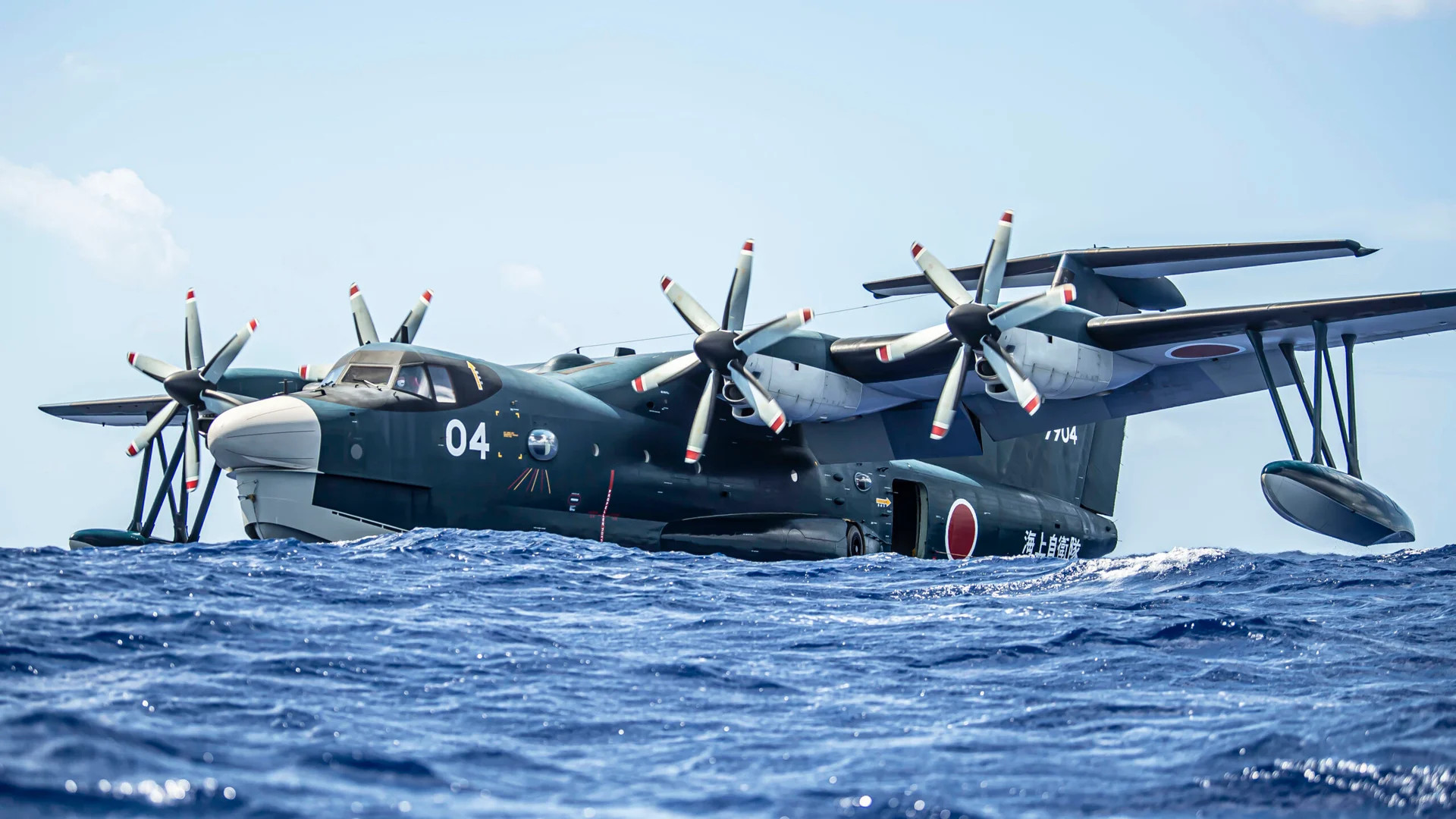An initial U.S. military demonstration of an MC-130J special operations tanker/transport aircraft converted into a floatplane is now two to three years away, at least.
U.S. Special Operations Command says it remains interested in exploring this concept as part of its broader interest in new runway-independent aircraft. With large established air bases and their runways expected to be prime targets in any future major conflict, such as one against China, the U.S. military as a whole is increasingly interested in a variety of novel aviation capabilities that make operations from austere locations more feasible.
U.S. Air Force Col. Ken Kuebler, U.S. Special Operations Command’s (SOCOM) Program Executive Officer for Fixed Wing (PEO-FW), provided an update on what is formally known as the MC-130J Amphibious Capability, or MAC, as well as other projects within his portfolio, to The War Zone and other outlets at a briefing today at an annual special operations-focused conference now called SOF Week. Air Force Special Operations Command (AFSOC) had already confirmed to us earlier this year that the initial flight test of the MAC prototype had been delayed, but that a new schedule had yet to be firmed up.

“There was a goal to start… demonstrating this as early as maybe even this year,” Col. Kuebler said today. “[In] two to three years we will look to go do a demonstration of the full capability.”
Kuebler did not provide a direct explanation about the cause or causes of the new delay. The Air Force first revealed the plans for the MAC demonstration in 2021 and said at that time that it was hoping to actually have something flying by the following year. That was then pushed to 2023.
Kuebler did say that “we’re doing hydro testing, subscale testing… we’re moving towards a critical design review” and stressed that the project encompassed “more than just the development of the aircraft.” He further explained that studies were being conducted now into how different sea states might impact such an aircraft and into its maintenance and logistics requirements.

As The War Zone has noted in the past, Lockheed has conducted multiple C-130 seaplane and floatplane design studies since the 1960s.


The delays notwithstanding, SOCOM does appear to be committed to this effort. The command is asking for $15 million to continue working on MAC in its budget request for the 2024 Fiscal Year, almost $5 million more than it received for this project in the current fiscal cycle.
The proposed Fiscal Year 2024 funding will help with ongoing “engineering analysis and design activities” that “includes float design optimization for hydrodynamic and aerodynamic performance, aircraft truss design and loads analysis,” according to DOD budget documents. It will also support “continued aircraft performance modeling” and could be used to pay for an actual “contract award for [the] fabrication of floats and truss assemblies.”
Those same documents say that the increase in funding over Fiscal Year 2023 is necessary to pay for “engineering analysis activities for amphibious capabilities that include hydro/aerodynamic, aircraft structural loads and fabrication of test articles.”
At today’s briefing, Col. Kuebler said that the MAC will not necessarily be the only amphibious capability SOCOM evaluates and that amphibious aircraft are just one component of a larger plan to explore new runway-independent designs.
“We’re also looking at other amphibious capabilities,” he explained. “We are looking across the globe really at amphibious capabilities. We’ve had conversations with the Japanese on looking at how we would train – looking at how we would use the [ShinMaywa] US-2, to develop CONOPS [concepts of operations], etcetera.”

Beyond amphibious aircraft, Kuebler also highlighted that SOCOM “teamed with DARPA [the Defense Advanced Research Projects Agency] to do a High-Speed Vertical Take-Off and Landing demonstration.” SOCOM first revealed its interest in this HSVTOL capability in 2021 alongside the MAC and you can read more about that project here. Bell subsequently laid out one potential vision for a family of crewed and uncrewed HSVTOL aircraft.

“I think everything… in an acquisition strategy is on the table as we look at different lines of effort to make sure we can have a runway-independent or amphibious capability,” Kuebler said.
SOCOM acquiring new runway-independent aviation capabilities makes good sense as the command continues to shift its focus to preparing to play various roles in higher-end conflicts. U.S. special operations forces have spent the majority of the past few decades primarily conducting counter-terrorism operations and other lower-intensity missions in locales where they have benefited from permissive airspace.
Within this context, the U.S. military, as a whole, has arrived at the conclusion that large air bases and other facilities, the locations of which are well known, will be dangerously vulnerable in a future major conflict, such as one against China in the Pacific. As such, having aviation capabilities that do not rely on traditional runways may not only be advantageous, but critical to success in the event that established air base infrastructure is outright threatened, let alone destroyed, damaged, or otherwise rendered unavailable.
In the Pacific region, where land of any kind to operate from might be limited and forward operating bases could be distributed across islands hundreds or even thousands of miles away from each other, amphibious aircraft like the MAC could be especially useful. The question of how aspects of the critical combat search and rescue (CSAR) mission will be accomplished over such a vast expanse as the Pacific is also a looming issue that gives the amphibious MC-130J relevance.
Using the MC-130J as a base aircraft certainly has its drawbacks, but the aircraft is already equipped with advanced avionics, sensors, communications, missionized systems, and self-defense capabilities that would prove very useful for this environment. Adapting all that to another airframe will take a lot of money and, perhaps more concerning still, time.

All this being said, the exact mix of amphibious and other runway-independent aircraft that SOCOM might acquire very much remains to be seen. What is clear is that the command is still interested in testing a C-130 converted into a floatplane sometime in the next few years.
Howard Altman contributed to this story.
Contact the author: joe@thedrive.com
